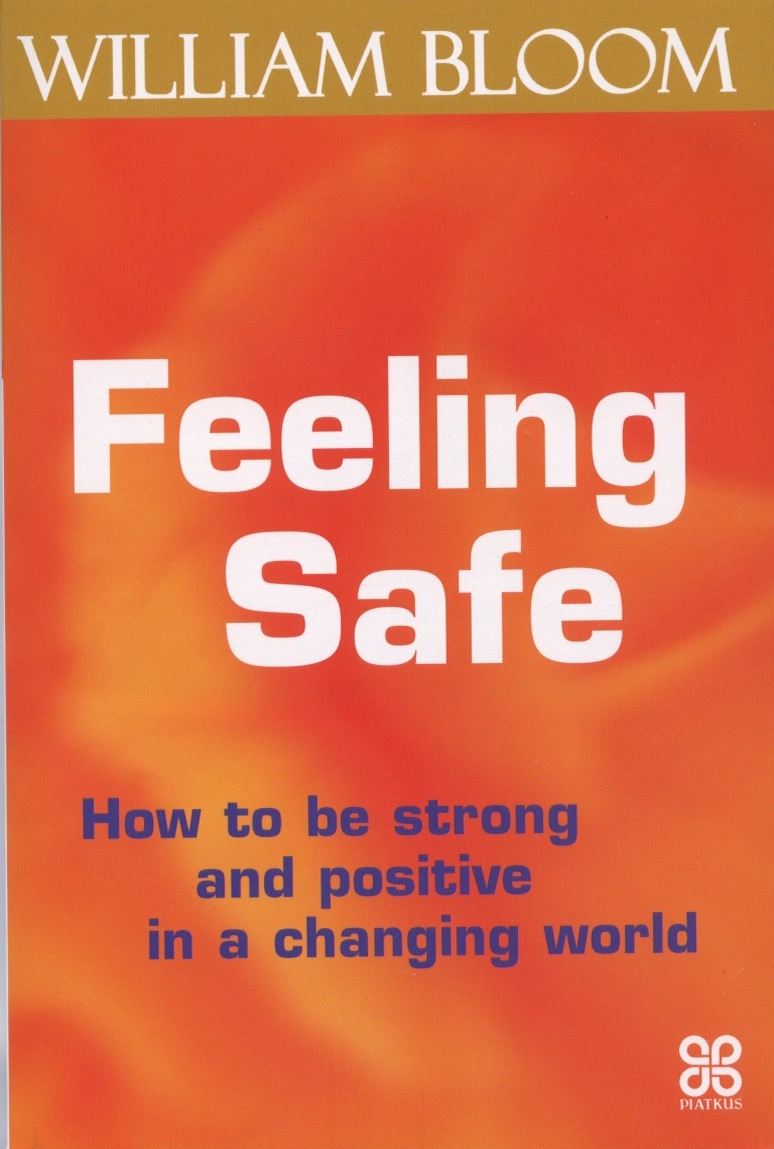Feeling Safe by William Bloom
This excellent book is subtitled How to be strong and positive in a changing world: it’s a short, practical primer on techniques to raise your personal resilience. William’s books inspire me by their skill in presenting ideas which are potentially complex or strange, in common sense mainstream language. Here, he explores the physiology of resilience, … Read more

